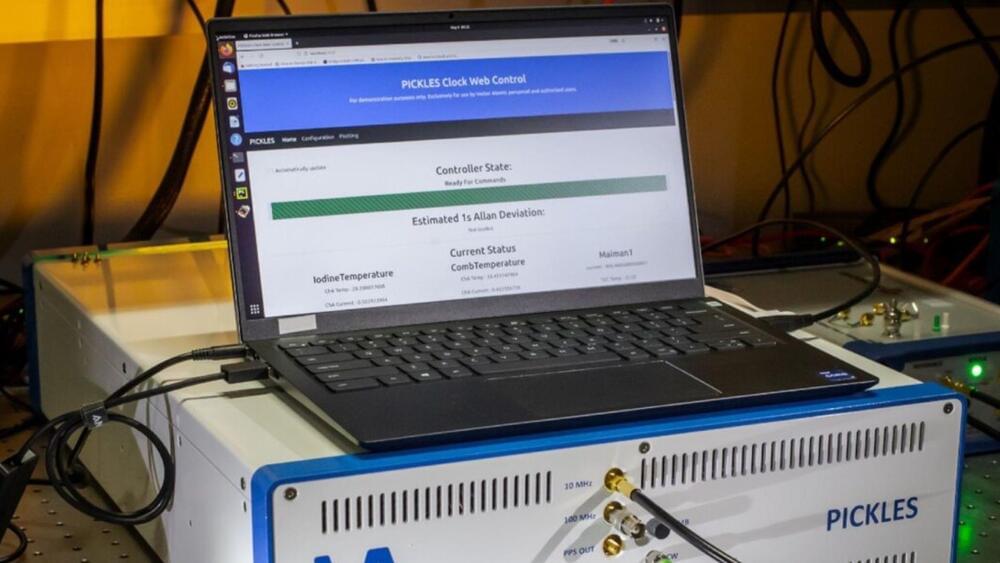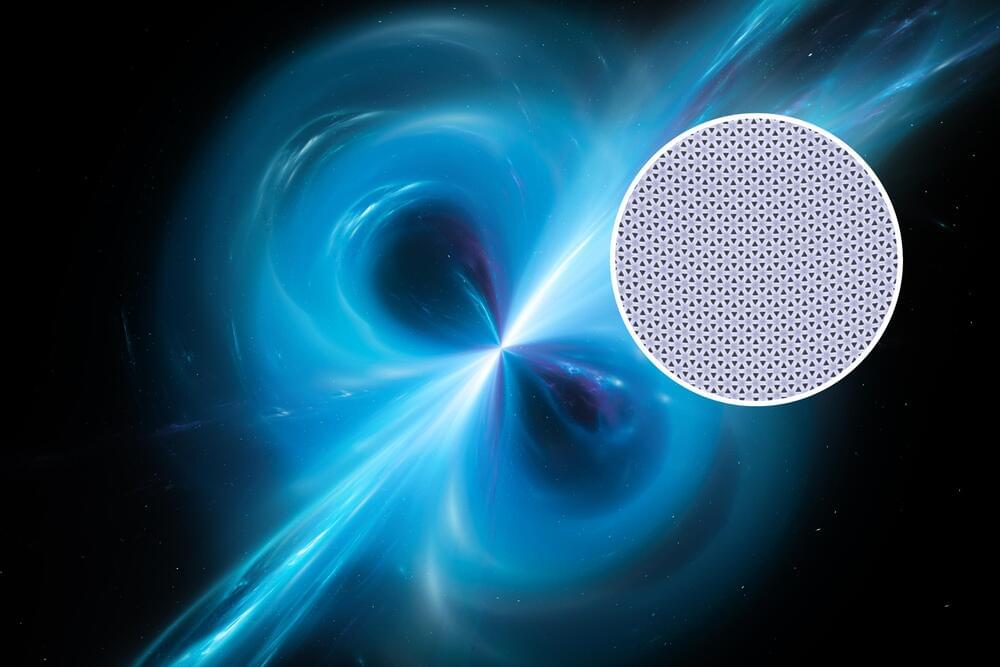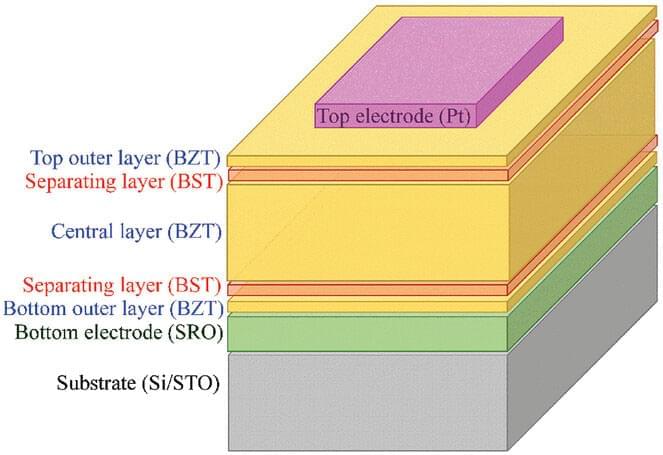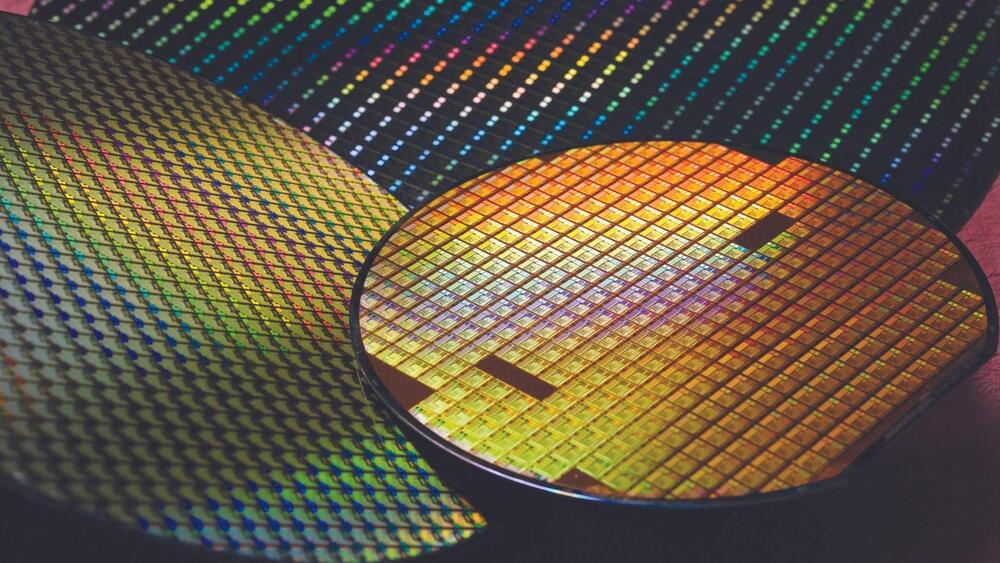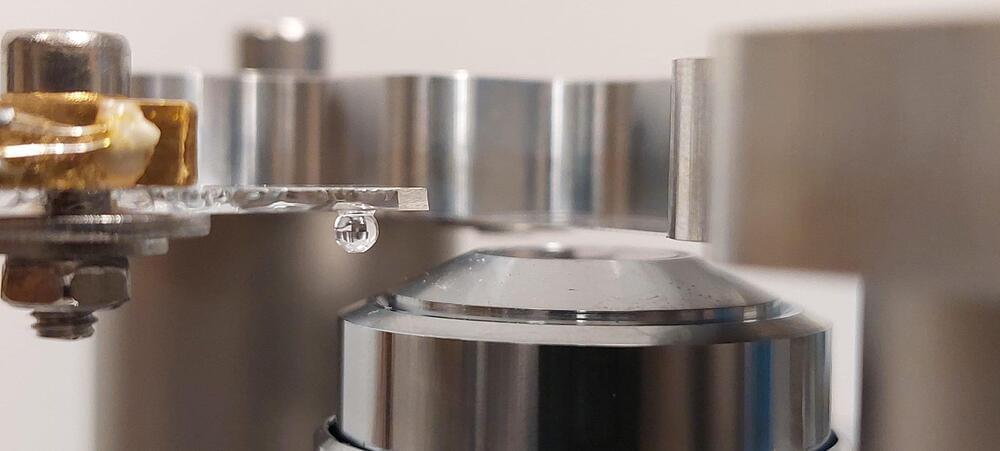Archive for the ‘innovation’ category: Page 4
Apr 30, 2024
MIT Claims Superconducting Breakthrough Means Fusion Power Can Be Practical
Posted by Kelvin Dafiaghor in categories: energy, innovation
The report features six studies that thoroughly examined MIT’s superconducting magnets design used in its breakthrough fusion test.
Apr 29, 2024
TSMC System on Wafer for Over 3.5 Times the Compute by 2027
Posted by Genevieve Klien in categories: innovation, robotics/AI
TSMC introduced its System-on-Wafer (TSMC-SoW™) technology, an innovative solution to bring revolutionary performance to the wafer level in addressing the future AI requirements for hyperscaler datacenters.
At the TSMC 2024 North America Technology Symposium, they debuted the TSMC A16™ technology, featuring leading nanosheet transistors with innovative backside power rail solution for production in 2026, bringing greatly improved logic density and performance.
The latest version of CoWoS allows TSMC to build silicon interposers that are about 3.3 times larger than the size of a photomask (or reticle, which is 858mm2). Thus, logic, eight HBM3/HBM3E memory stacks, I/O, and other chiplets can occupy up to 2,831 mm2. The maximum substrate size is 80×80 mm.
Apr 29, 2024
Humanoid robots are here to transform the future
Posted by Dan Breeden in categories: innovation, robotics/AI
In an age marked by remarkable technological advancements, the field of robotics exemplifies humanity’s boundless potential for innovation. In recent years, certain types of robots have consistently captured our attention, with humanoid robots standing out as pioneers, alongside pre-programmed robots, autonomous robots, teleoperated robots, and augmenting robots.
With advancements in technology, the evolution of humanoid robotics pushes the boundaries of what was once considered purely sci-fi into the realm of reality. Engineered to emulate the human form both physically and cognitively, these robots are equipped with a sophisticated array of cameras, sensors, and cutting-edge AI and ML technologies. This enables them to not only perceive their surroundings but also to interact with humans in increasingly nuanced ways, from recognizing objects to sensing and responding to environmental cues.
That being said, the sector is poised for significant growth. According to research firm MarketsandMarkets, the humanoid robot market size was valued at $1.8 billion in 2023 and is anticipated to be $13.8 billion in the next five years, growing at a CAGR of over 50.2%.
Apr 28, 2024
Vector Atomic makes waves with ultra-precise, seafaring atomic clock
Posted by Gemechu Taye in category: innovation
Researchers at Vector Atomic have developed a revolutionary new atomic clock that boasts both exceptional precision and remarkable portability. Unlike its bulky lab-bound predecessors, this innovative clock utilizes oscillating iodine molecules and is remarkably compact, roughly the size of three shoeboxes and weighing only 26 kilograms. This makes it a perfect fit for deployment on virtually any ship.
The true marvel lies in the clock’s accuracy. Vector Atomic claims it surpasses the performance of existing shipboard clocks by a staggering 1,000 times. This translates to significantly improved positioning capabilities, potentially reducing errors to mere centimeters.
Apr 26, 2024
Light brought ‘to a halt’ in quantum breakthrough
Posted by Dan Breeden in categories: innovation, quantum physics
The bizarre feat can be achieved in special, two-dimensional crystals by deforming them only slightly, a new study discovered.
Apr 26, 2024
Pacemaker capacitor breakthrough promises 300+ years of life-saving power
Posted by Dan Kummer in categories: biotech/medical, innovation
Pacemakers are medical devices that make sure that someone’s heart beats the way it should. If the heart rhythm is off, the pacemaker delivers a surge of electricity to bring the heart back into rhythm. The pacemaker takes effort into account and delivers faster pulses when needed. For example, when you’re exercising. For these electric pulses, the pacemaker needs a capacitor to rapidly charge and discharge. This provides a high enough electric charge to reset the heart.
Researcher Minh Duc Nguyen and his colleagues worked on a new design strategy for these capacitors to improve their energy storage, decrease the amount of energy lost every time it is charged or discharged, and increase the number of times they can reliably charge and discharge.
“It needs to keep up with your heartbeat, so it should be able to charge and discharge up to billions of times. Otherwise, you’ll have to replace the pacemaker every few months”, explains Nguyen.
Apr 25, 2024
TSMC unveils new A16 tech for 1.6nm chips as AI race heats up
Posted by Cecile G. Tamura in categories: innovation, robotics/AI
This unveil marks a significant step towards the production of its new ultra-advanced 1.6-nanometer (nm) chips by 2026.
With its focus on nanosheet transistors and innovative backside power delivery, A16 paves the way for the production of 1.6nm chips by 2026.
Apr 24, 2024
Scientists Solve Decades-Old Microscopy Problem
Posted by Paul Battista in categories: biotech/medical, innovation
Studying tissues, cells, and proteins under a microscope is essential for disease prevention and treatment. This research requires accurately measuring the dimensions of these biological structures. However, when viewed through a light microscope, these samples can sometimes appear more flattened than their true form.
Researchers at Delft University of Technology have now demonstrated for the first time that this distortion is not constant, contrary to what many scientists have assumed for decades. The breakthrough, published in Optica, confirms a prediction by Nobel laureate Stefan Hell from the 90s. With an online calculation tool and software, every researcher can now determine the correct depth of a biological sample.
Apr 24, 2024
Tiny but mighty: The Phi-3 small language models with big potential
Posted by Cecile G. Tamura in categories: innovation, robotics/AI
That led the Microsoft Research machine learning expert to wonder how much an AI model could learn using only words a 4-year-old could understand – and ultimately to an innovative training approach that’s produced a new class of more capable small language models that promises to make AI more accessible to more people.
Large language models (LLMs) have created exciting new opportunities to be more productive and creative using AI. But their size means they can require significant computing resources to operate.
While those models will still be the gold standard for solving many types of complex tasks, Microsoft has been developing a series of small language models (SLMs) that offer many of the same capabilities found in LLMs but are smaller in size and are trained on smaller amounts of data.




